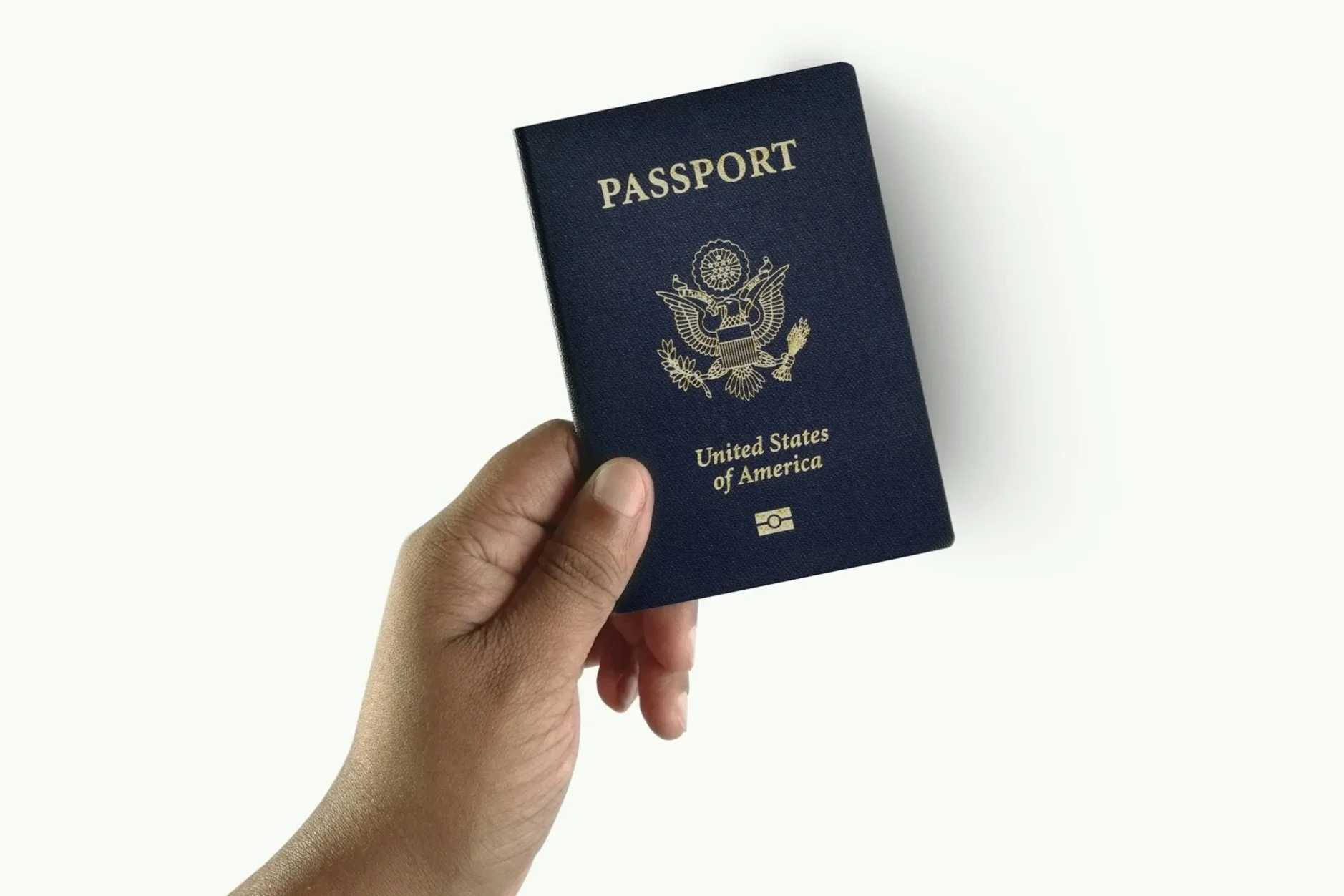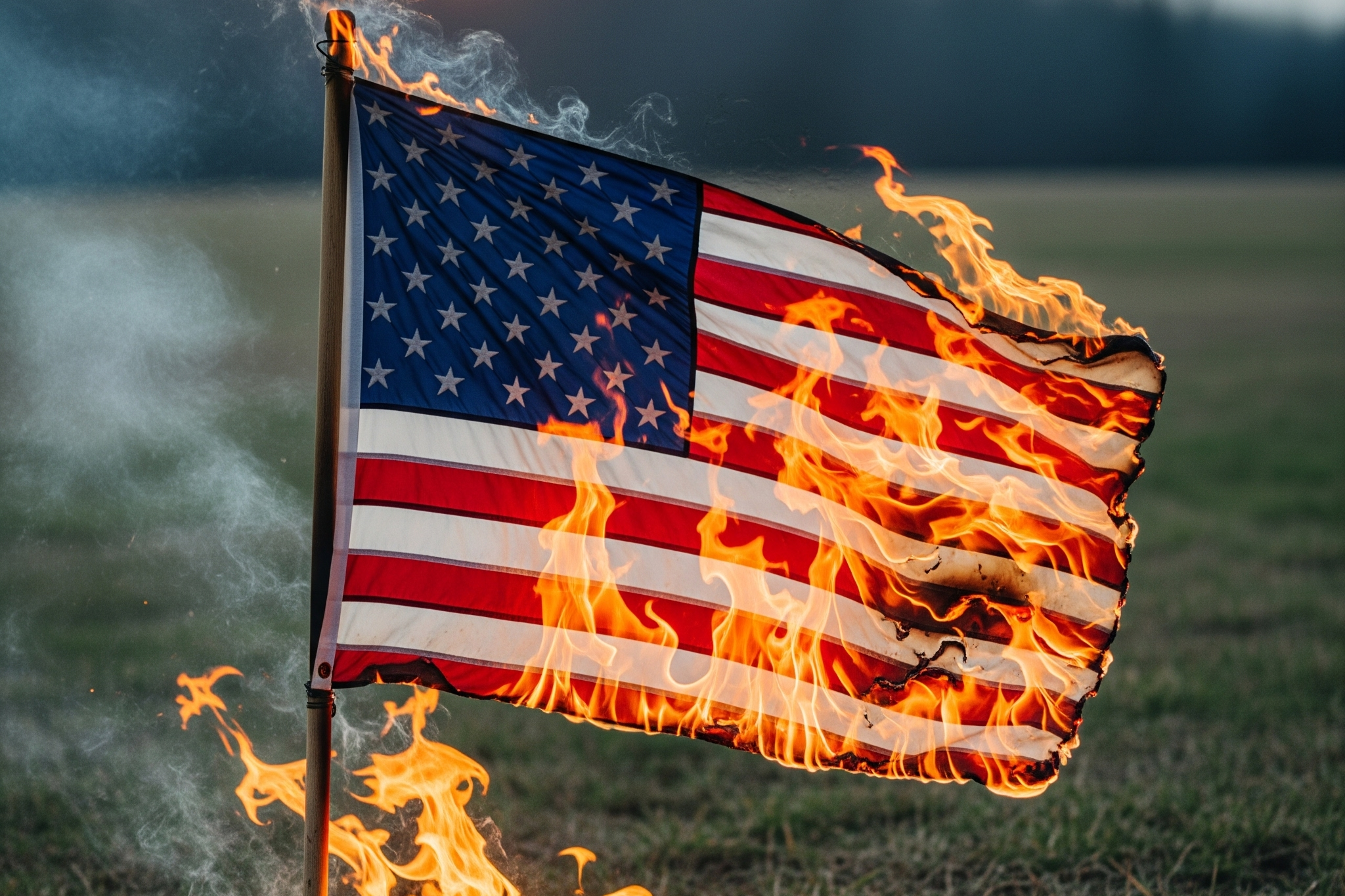SCOTUS Stays Injunction Stopping Dem FTC Chair’s Firing
In Trump v. Slaughter, the Supreme Court on September 22, 2025, issued an unsigned order granting a stay of a lower court decision that had reinstated FTC Commissioner Rebecca Kelly Slaughter after her removal by President Donald Trump. The Court also treated the application as a petition for certiorari before judgment and granted it, setting arguments for December 2025. The questions presented focuses on whether statutory protections limiting the President's removal power for FTC members violate the separation of powers, and if so, whether to overrule Humphrey’s Executor v. United States (1935), as well as whether federal courts can intervene to prevent such removals.
Key Parties Involved
The petitioners are President Donald J. Trump and associated officials, while the respondents include Rebecca Kelly Slaughter, a Democratic FTC Commissioner appointed in 2018 and renominated in 2023 for a term ending in 2029. Slaughter, known for her advocacy on consumer protection and antitrust issues, challenged her firing as unlawful under federal statutes requiring cause for removal.
Path to the Supreme Court
The case stemmed from Trump's March 2025 decision to fire Slaughter and fellow Democratic Commissioner Alvaro Bedoya without specifying grounds like inefficiency or malfeasance. Slaughter sued in the U.S. District Court for the District of Columbia, where Judge Loren AliKhan ruled on July 17, 2025, that the removal violated precedent and ordered reinstatement. The D.C. Circuit Court of Appeals upheld this in a 2-1 decision on September 2, 2025, with Judges Millett and Pillard in the majority. Trump then sought emergency relief from the Supreme Court, leading to the stay.
In a significant escalation of tensions over executive authority, the U.S. Supreme Court on September 22, 2025, granted President Donald Trump's request for a stay in Trump v. Slaughter, effectively permitting the immediate removal of Federal Trade Commission (FTC) Commissioner Rebecca Kelly Slaughter without cause. This order, issued on the Court's emergency docket, not only halts a lower court's reinstatement directive but also fast-tracks the case for full review, posing existential questions about the independence of federal regulatory agencies. At its core, the decision revives a nearly century-old debate on separation of powers, potentially paving the way for a landmark reversal of precedent that could reshape how presidents interact with bipartisan commissions.
The FTC, established in 1914 amid Progressive Era reforms to combat monopolies and unfair business practices, operates as a quintessential independent agency. It consists of five commissioners appointed by the president and confirmed by the Senate, serving staggered seven-year terms to ensure continuity and bipartisanship—no more than three can belong to the same political party. This structure, codified in 15 U.S.C. § 41, explicitly limits presidential removals to cases of "inefficiency, neglect of duty, or malfeasance in office," insulating the agency from short-term political pressures and allowing it to function in quasi-legislative and quasi-judicial capacities. The agency's mission encompasses enforcing antitrust laws, protecting consumers from deceptive practices, and promoting fair competition, often through investigations, rulemaking, and adjudication.
Rebecca Kelly Slaughter, a key figure in this drama, joined the FTC in May 2018 after being nominated by then-President Trump. A Yale Law School graduate with prior experience as chief counsel to Senate Majority Leader Chuck Schumer, Slaughter has been vocal on issues like data privacy, algorithmic bias, and aggressive antitrust enforcement against tech giants. Her Democratic affiliation and progressive stances on consumer protection made her a target in Trump's second term, which has emphasized deregulation and greater executive control over administrative bodies. In March 2025, shortly after Trump's inauguration, Slaughter and fellow Democratic Commissioner Alvaro Bedoya received dismissal notices via email, with no stated justification aligning with statutory requirements. Bedoya, facing financial strain from the litigation, resigned in June 2025 to pursue private sector opportunities, leaving Slaughter as the primary challenger.
The legal battle began in the U.S. District Court for the District of Columbia under Case No. 25-cv-909. On July 17, 2025, Judge Loren AliKhan, a Biden appointee, granted summary judgment in Slaughter's favor. AliKhan's ruling emphasized that Humphrey’s Executor v. United States—a 1935 Supreme Court decision—remains binding precedent. In that case, the Court unanimously held that Congress could restrict presidential removal powers for FTC commissioners because the agency performs "quasi-legislative or quasi-judicial" functions, distinguishing it from purely executive roles. AliKhan ordered Slaughter's reinstatement, declaring her a "rightful member" of the FTC and enjoining interference with her duties.
The Trump administration appealed to the U.S. Court of Appeals for the D.C. Circuit. On September 2, 2025, a divided panel upheld the district court's order in a 2-1 decision. Judges Patricia Millett and Cornelia Pillard, both Obama appointees, formed the majority, arguing that Humphrey’s Executor directly controls and that lower courts must adhere to it until overruled by the Supreme Court. They rejected the government's claim that recent Supreme Court trends justified ignoring the precedent. Judge Neomi Rao, a Trump appointee, dissented vigorously, contending that federal courts lack authority to reinstate executive officials and that the stay should be granted to preserve presidential prerogatives during litigation. Rao invoked recent Supreme Court emergency orders in analogous cases, suggesting they signal a shift toward broader executive removal powers.
Undeterred, the administration, represented by Solicitor General D. John Sauer, filed an emergency application with the Supreme Court on September 4, 2025, seeking a stay of the lower court orders. Chief Justice John Roberts issued a temporary administrative stay on September 8 to allow full consideration. Both sides urged the Court to grant certiorari before judgment, a rare procedural move to bypass further appellate review and expedite resolution.
The Supreme Court's September 22 order, unsigned and reflecting the views of its conservative majority, granted the stay, effectively allowing Slaughter's removal to proceed immediately. It also accepted certiorari, directing briefing on two pivotal questions: (1) whether FTC removal protections violate separation of powers and warrant overruling Humphrey’s Executor, and (2) whether courts can equitably or legally prevent removals from office. The case is slated for argument in the December 2025 session, with the stay terminating upon the Court's final judgment.
Justice Elena Kagan's dissent, joined by Justices Sonia Sotomayor and Ketanji Brown Jackson, lambasted the majority for using the "shadow docket" to enable presidential actions Congress explicitly prohibited. Kagan highlighted that this is the latest in a series of stays—citing Trump v. Wilcox (NLRB, May 2025), Trump v. Boyle (MSPB and CPSC, July 2025)—that hand "full control" of independent agencies to the President, undermining their bipartisanship and independence. She argued that Humphrey’s Executor remains controlling law, barring at-will firings, and criticized the Court for preemptively overriding congressional intent before a full merits review.
The ramifications of this decision extend far beyond the FTC. If the Court overrules or narrows Humphrey’s Executor, presidents could gain at-will removal authority over commissioners in multimember agencies, politicizing entities like the NLRB, CPSC, MSPB, FCC, and potentially even the Federal Reserve. This could enhance executive accountability and align agencies with electoral mandates but at the cost of expertise, stability, and apolitical decision-making. Critics warn of increased litigation, policy volatility, and erosion of the administrative state's independence, echoing recent rulings like Seila Law LLC v. CFPB (2020), which struck down similar protections for single-director agencies. Proponents argue it restores constitutional balance by concentrating executive power in the presidency.
This pattern suggests a broader judicial trend toward expanding presidential authority, potentially transforming the regulatory landscape. As arguments approach, stakeholders from business, labor, and consumer advocacy groups are mobilizing, underscoring the high stakes for American governance.










In a significant policy shift, federal prosecutors in the District of Columbia have been directed to stop bringing felony charges against individuals solely for carrying rifles or shotguns. The new directive, confirmed by U.S. Attorney for D.C. Jeanine Pirro, stems from a Justice Department determination that the city's longstanding ban on the public carry of long guns is unconstitutional in light of recent Supreme Court precedent.